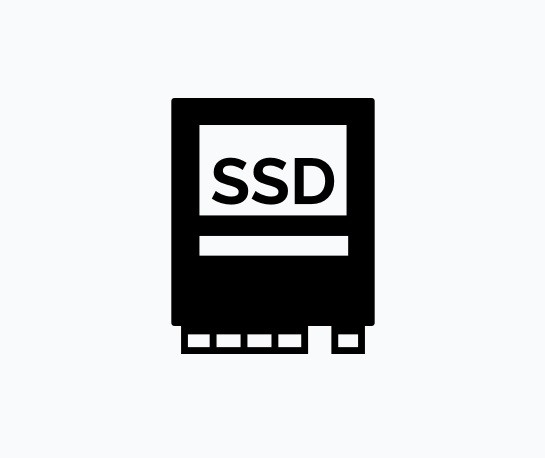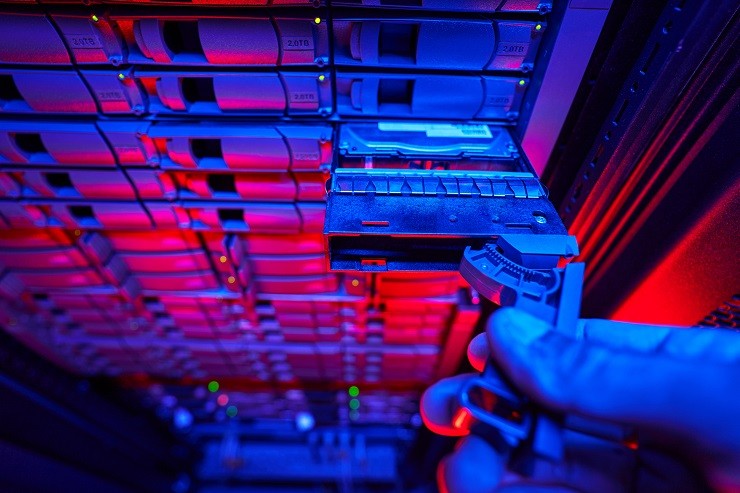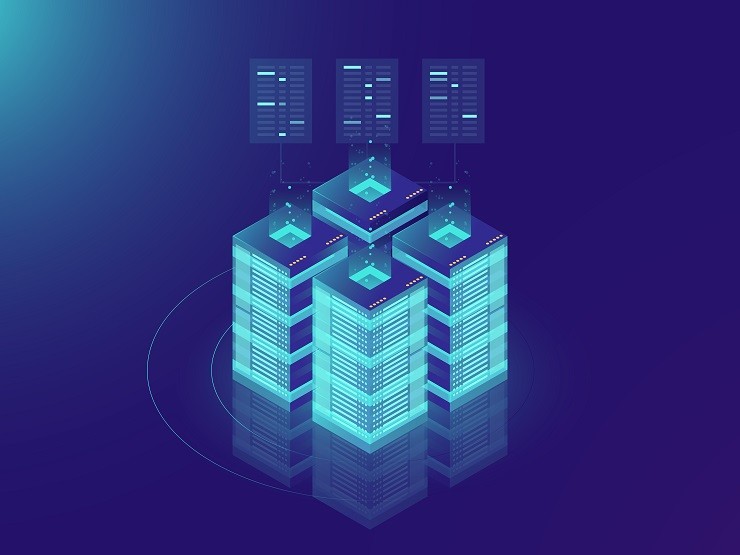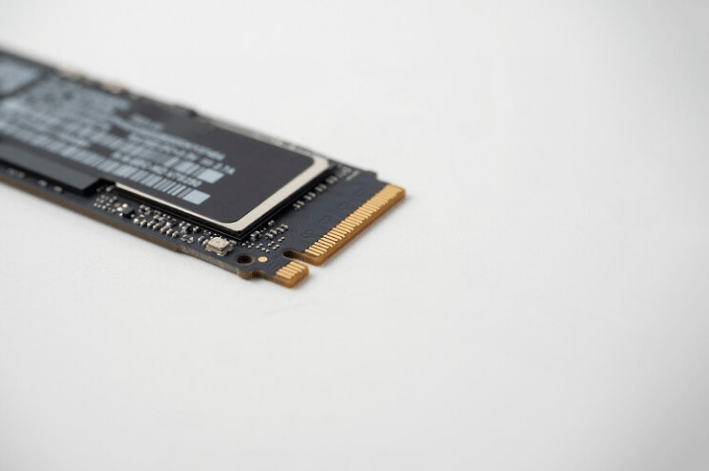It’s a common put-down of athletes to say they are “all flash and no substance.” This typically applies to the soccer or basketball player who has an unbelievable dribbling ability yet doesn’t seem to channel it towards an end product for the team. While that might have been true of the very earliest all-flash arrays, the latest crop are more enterprise ready than ever.
In fact the field seems to gradually be evolving away from building arrays that are disk replacements – in the sense of taking out the disk drives and using the same slots to house Solid State Drives (SSDs). While some vendors continue down that path, others have taken more of a PCIe approach, placing the flash close to the processor. But further architectures are being developed.
“The flash-based storage market has shown incredible growth over the past year as the solutions available continue to evolve to meet the demands of today’s enterprise applications,” said Leah Schoeb, an analyst at Evaluator Group. “From high-frequency trading to real-time risk management, enterprises are seeing that flash storage performance can dramatically change their business.”
For the purposes of this guide, we need to keep things simple. So we are going to split it into two articles. In the first part, we are going to focus on the leaders and challengers from the latest Gartner Magic Quadrant (MQ) in this area. We will follow that later by covering some of the many alternatives out there for all flash arrays (AFAs).
EMC XtremIO
The XtremIO Storage Array is an all-flash system with a scale-out architecture. It uses building blocks, called X-Bricks, which are clustered together to grow performance and capacity as required. This is said to deliver predictable sub-millisecond performance without the need to configure or tune workloads. Application integration and automation features tie the XtremIO array into VMware, Microsoft, and Oracle environments for simplicity of management. Inline data services such as thin provisioning, global deduplication, compression, encryption and data copying are part of the package.
“XtremIO arrays can instantly copy production databases at speed and scales, enabling users to make as many database copies or VM copies for their developers as required with no impact on performance and without sacrificing storage space on the array,” said Josh Goldstein, Vice President Product Management & Marketing, XtremIO.
Pure Storage
Pure Storage has been one of the pioneers of the AFA category. Its FlashArray 400 series is available in three models, the FA-405, FA-420 and FA-450. These are designed to address the small business and remote offices, mid-market and high-end enterprise markets respectively. Its Purity operating environment provides data services including replication, snapshots, data encryption and data reduction.
The company introduced the ForeverFlash initiative, which combines the ability to non-disruptively scale performance or capacity with a maintenance program that promises no hikes in annual fees. When users extend support for another period, Pure provides new controllers at no cost.
“With all-inclusive software licensing and a data reduction ratio greater than 5-to-1 across our entire install base, Pure was the first to make all-flash storage available at a price less than disk storage arrays,” said Vaughn Stewart, Chief Evangelist, Pure Storage.
IBM FlashSystem
IBM recently unveiled two new AFAs: FlashSystem 900 is designed as Tier 0 high performance storage; FlashSystem V9000 is an all-flash enterprise Tier 1 storage system.
Compared to earlier products from Big Blue, they are said to have 40% greater density with lower cost. Additionally, FlashCore technology has led to integration of Micron MLC flash, which has stronger data protection and more reliability. Improved compression is part of the upgrade.
IBM claims it is the top selling AFA with over 4,000 systems sold in less than two years. Storage deployment architectures can be tailored to specific workloads, including data access that bypasses the storage virtualization layer for low latency, and data replication to disaster recovery sites.
“We’re not using SSDs and other commodity hardware in our FlashSystem products,” said Michael Kuhn, Vice President and Business Line Executive of IBM FlashSystem. “Our IBM MicroLatency modules employ a hardware-only data path.”
Pricing is per enclosure and virtualization and storage services are bundled with FlashSystem V9000 units at no extra cost. Depending on configurations, the cost is said to start at below $2/GB.
NetApp
The NetAppEF560 all-flash array is said to come with improvements in storage performance, consistent latency, bandwidth and IOPS. When subjected to the Storage Performance Council SPC-1 benchmark, it scored an average response time of under one millisecond, at $0.54/SPC-1 IOPS. At 50 percent of the specified SPC-1 load level, the EF560 delivered an average response time of 0.34 milliseconds.
It is supported by NetApp SANtricity 8.20 software, which features multicore performance and online disk firmware upgrades.
HP
The new HP 3PAR StoreServ 7440c Converged Flash Array is said to offer 3.5 PB of usable capacity (when you take into account data reduction). It boasts all-flash optimized performance over 900,000 IOPs, and 16Gb Fibre Channel connectivity. It can be configured as all flash or with flash and disk in combination. The company is also aggressively campaigning to tempt people off EMC systems, offering an data migration path from older EMC VMAX, VNX and CLARIiiON CX4 systems.
The second part of this guide will cover many of the other vendor alternatives available in this blossoming area of flash storage.





